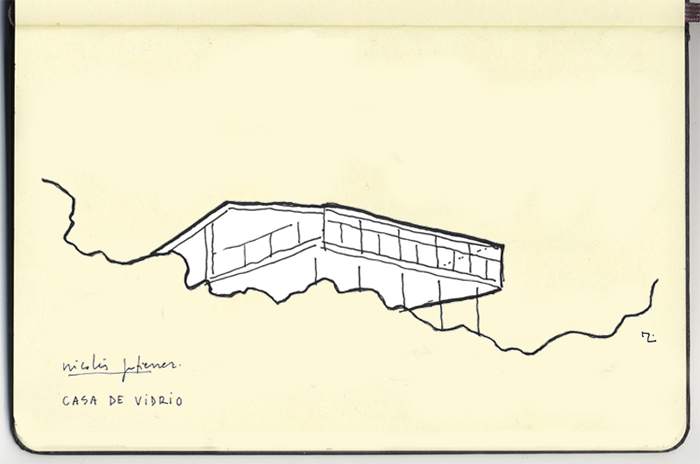
[Fig. 1] House of Glass, Lina Bo Bardi. Drawn by Nicolás Gutiérrez.
More than sixty years after its construction (1951), the House of Glass would invite me to discover one of the greatest milestones in the modern Brazilian architecture. A learning process that should start after crossing the entrance fence, thru a beautiful path created by a collage of stones and ceramic pieces, walking up thru the lush nature, and that in a smooth way would guide me to the House.

[Fig. 2] Access fence. House of Glass, Lina Bo Bardi. Drawn by Nicolás Gutiérrez.
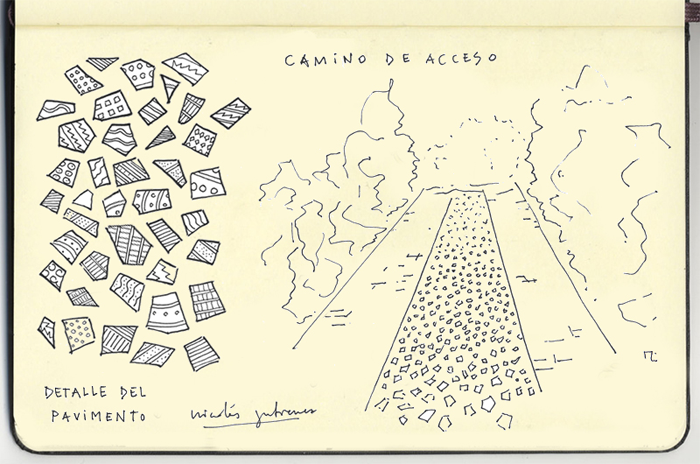
[Fig. 3] Pavement detail. House of Glass, Lina Bo Bardi. Drawn by Nicolás Gutiérrez.
Walking thru the path, I arrived to a natural plateau where I could rest, and for the first time, contemplate the House in all its magnitude. A huge floating glassed volume raising in front of me with a stunning look of modernity was emerging from the enriched tropical nature, as both of them had always been there. The first time visiting the place, Lina herself said: “I was impressed by that landscape. It was an impressive Brazilian forest reserve, full of wild bugs. …At night I heard nighthawks and owls” (1). With a closer look at the site, confused with logs and local vegetation, I found under the huge volume the thin supports holding the house. A neat double-flighted stair made of thin metallic profiles was emerging between the supports going unnoticed as the main access to the housing.
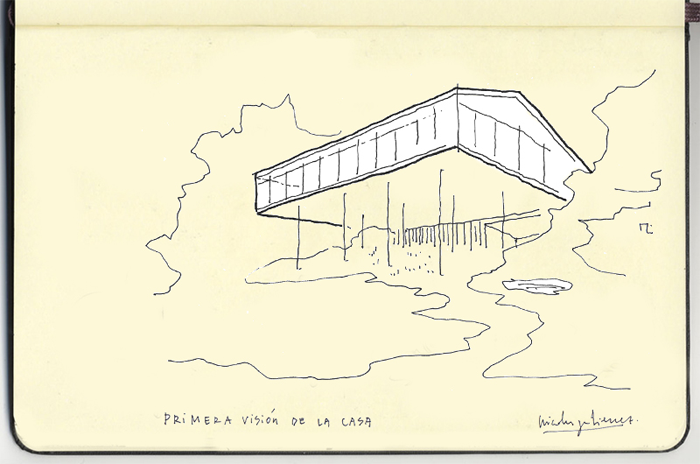
[Fig. 4] First view of the house. House of Glass, Lina Bo Bardi. Drawn by Nicolás Gutiérrez.
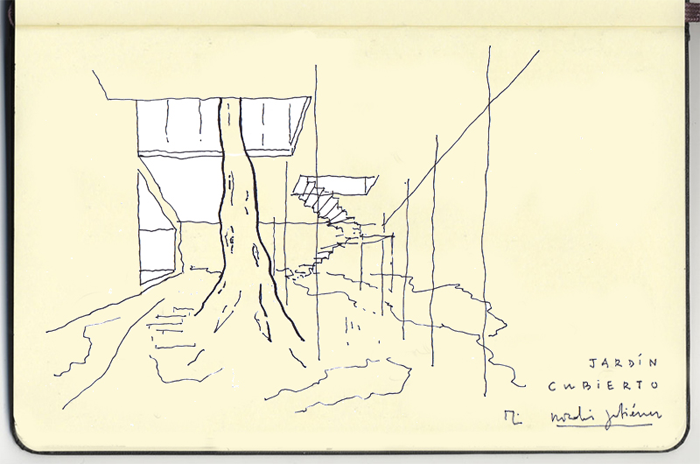
[Fig. 5] Covered garden. House of Glass, Lina Bo Bardi. Drawn by Nicolás Gutiérrez.
Ascending a little bit, and already under the house, a covered garden full of vegetation was appearing in front of me. The log of a huge tree was passing through a patio perforating the built volume and opening till the sky, like if it were the backbone of the house. At the edge of this void, I found a chamber opened to the nature where some pieces of Brazilian popular art remain, and that will reflect Lina´s will to promote its recognition in the current society and architecture.
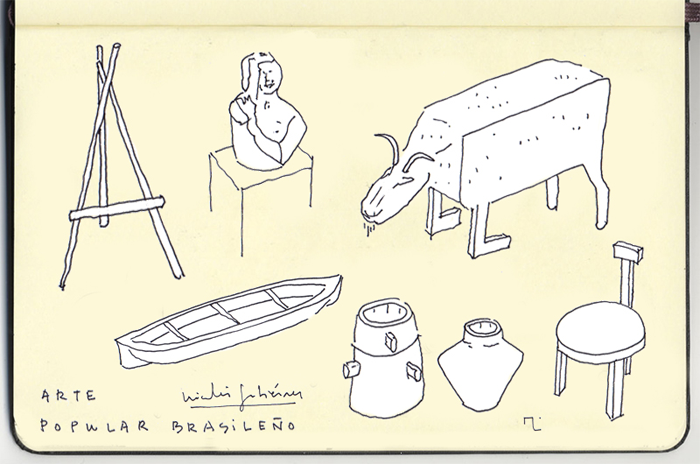
[Fig. 6] Brazilian folk art. House of Glass, Lina Bo Bardi. Drawn by Nicolás Gutiérrez.
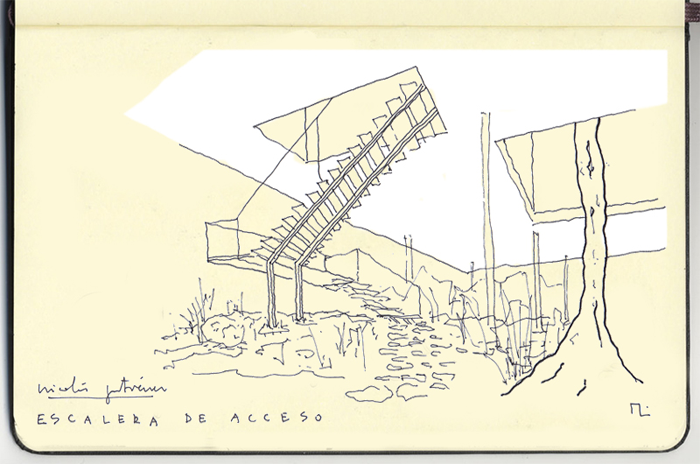
[Fig. 7] Access stairs. House of Glass, Lina Bo Bardi. Drawn by Nicolás Gutiérrez.
Next to the garden, the entrance stair will offer from an artificial plateau, an stunning panoramic view of the tropical forest surrounding the house, while I could already start feeling the domestic space presided by the painting located at the end of the stairs. In order to explain the relationship between the natural and inhabited space, Lina would modify the normal position of the stairs, laying on the slope, reversing them against it. I could realize how deep the slope was to reach the entrance of the house, and see the different composite landscape elements Lina used in a creative way following the natural colours shapes and textures of the surrounding nature.
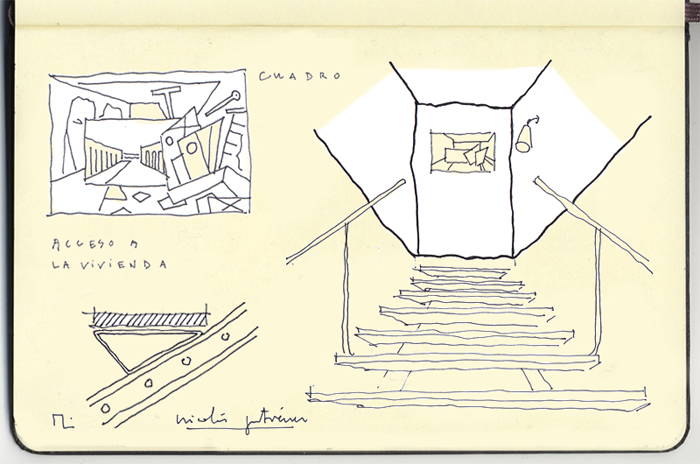
[Fig. 8] Picture and access of the House. House of Glass, Lina Bo Bardi. Drawn by Nicolás Gutiérrez.
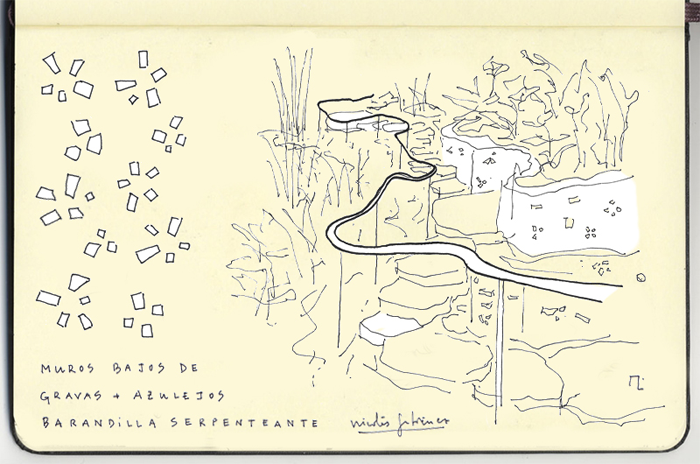
[Fig. 9] Walls and handrail. House of Glass, Lina Bo Bardi. Drawn by Nicolás Gutiérrez.
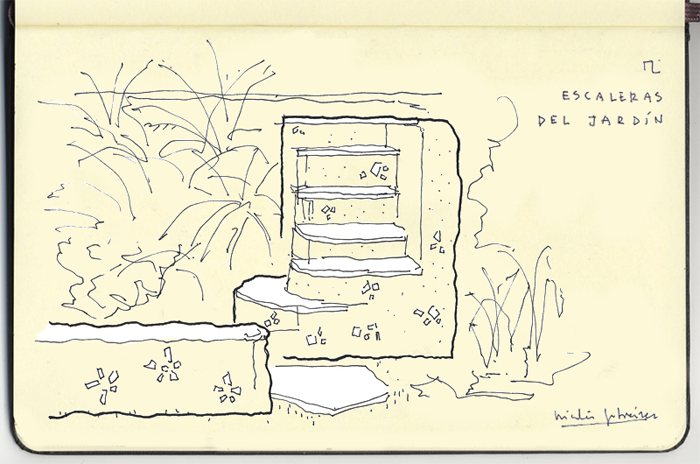
[Fig. 10] Garden stairs. House of Glass, Lina Bo Bardi. Drawn by Nicolás Gutiérrez.
Architect Olivia de Olivera, well known of Lina and her work, would comment: “… the visitor is conduced to the interior through a precise and controlled trajectory, one that accents the relationship between the house and the exterior. The house shelters the exterior within itself, while the trajectory reveals this exterior, bringing us closer to it and obliging us to understand it.” (2).
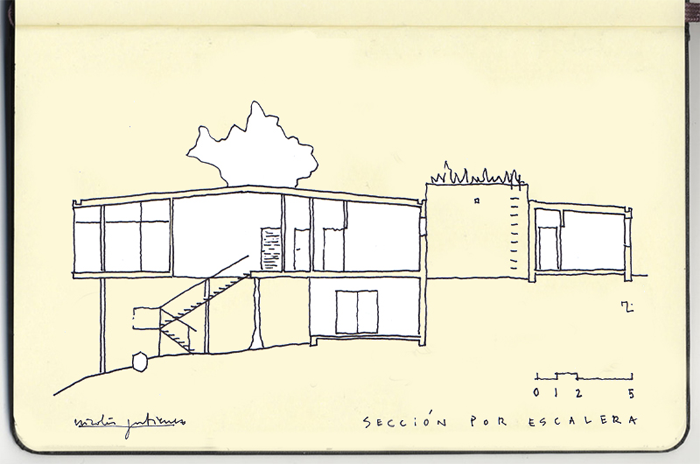
[Fig. 11] Section. House of Glass, Lina Bo Bardi. Drawn by Nicolás Gutiérrez.
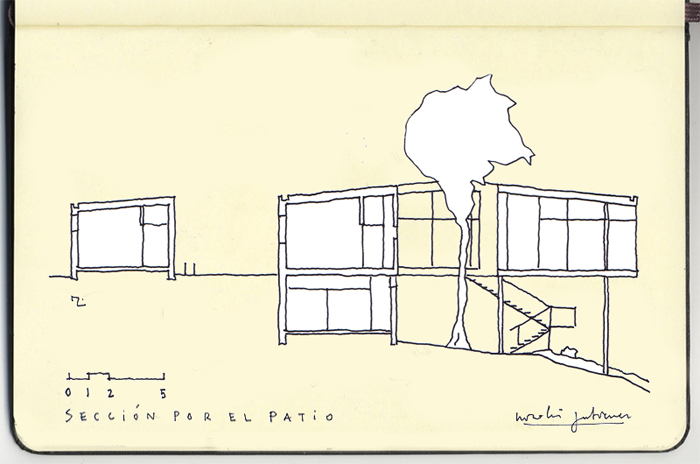
[Fig. 12] Section. House of Glass, Lina Bo Bardi. Drawn by Nicolás Gutiérrez.
Once inside the house, a big glassed patio where I could see again the tree of the covered garden, would offer me a full view of the most public space of the house. A clear space where daily areas would remain with no partitions, and the surroundings were shown in a simply beautiful and relaxing way. A space where we float over the rich nature and with the skyline of Sao Paulo city as a background; this feeling is reinforced by the use of turquoise pavement which reflects the atmosphere as an interior sky. Architect Giò Ponti himself would say: “[The house] is a space and not a volume; or it is a transparent volume. It is a house immersed in the air, periscopic. Already, here are some of its poetic values. The daytime part soars into empty space, it is the eye of the house, all light, air, sun, green, space, atmosphere – it is a balcony, an observation post. The night-time part is the opposite, as it should be, walled in, secret.” (3).
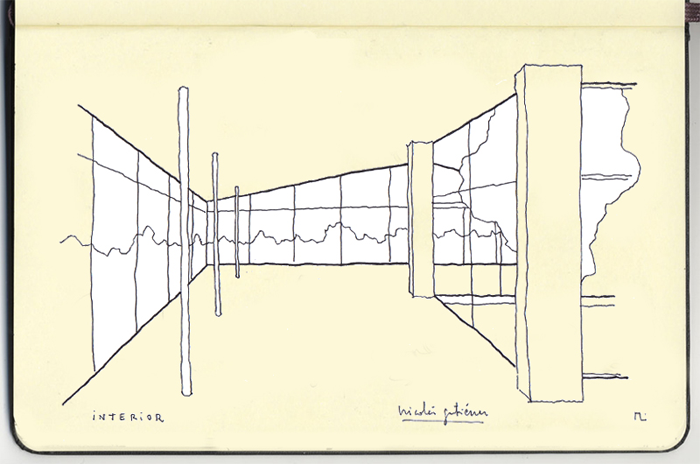
[Fig. 13] Inside view. House of Glass, Lina Bo Bardi. Drawn by Nicolás Gutiérrez.

[Fig. 14] Section-Vision. House of Glass, Lina Bo Bardi. Drawn by Nicolás Gutiérrez.
This first public vision of the house would be offered to her well known guests, like Max Bill, Calder or Aldo van Eyck, for which the service area would be hidden behind a white continuous wall. This partition or border would divide the public exposed clear area, and the private one, separate, compartmentalized, setting an inflexion point between modernity and tradition. From this wall, Lina would project an organized succession of the house parts starting with the most private ones, the bedrooms, until the service area, all of them articulated around an elongated rudimentary patio. This interior space´s duality would be reinforced by the use, in the private areas of small windows, load bearing walls and a rational size of the space, against the spaciousness glassed columned first area. An architectural proposal where the floating building seems to hold on his back a heavy bag that settles and brings the Glass House back to reality.
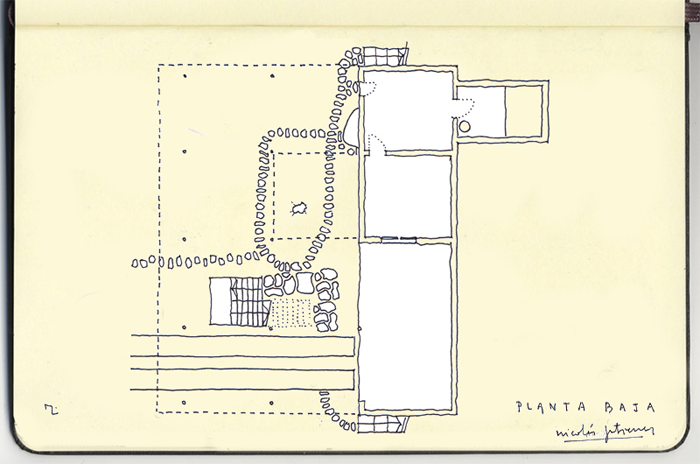
[Fig. 15] Ground floor. House of Glass, Lina Bo Bardi. Drawn by Nicolás Gutiérrez.
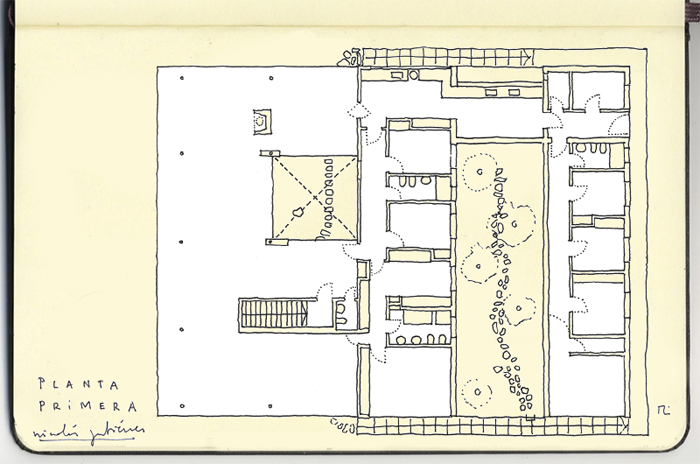
[Fig. 16] First floor. House of Glass, Lina Bo Bardi. Drawn by Nicolás Gutiérrez.
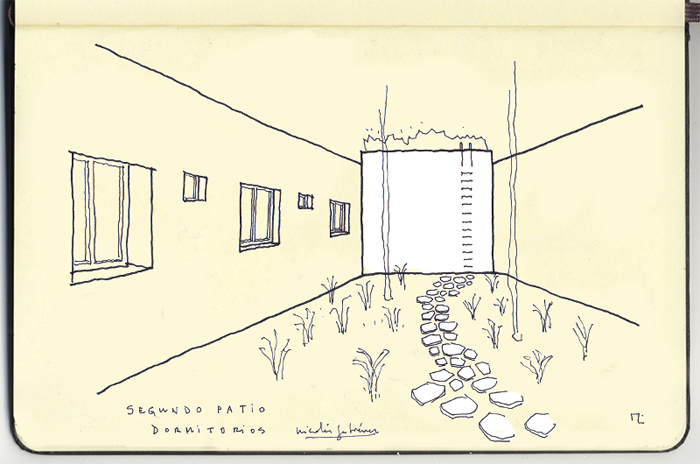
[Fig. 17] Inside view. House of Glass, Lina Bo Bardi. Drawn by Nicolás Gutiérrez.
To sum up, Lina shows in the Glass House the duality of her work: an astonishing image of modernity, in the first volume of the house, confronted with the traditional and vernacular second one. The use of modern self-designed decorative items, combined with historical and traditional ones; the mixture of different architectural elements, like the wall and the column, or the small windows and the glazed facades. It all would be the reflect of Lina´s life and architectonic language, who could not understand the modernity without a deep, inspiring and comprehensive sight on Brazilian history, art and heritage.
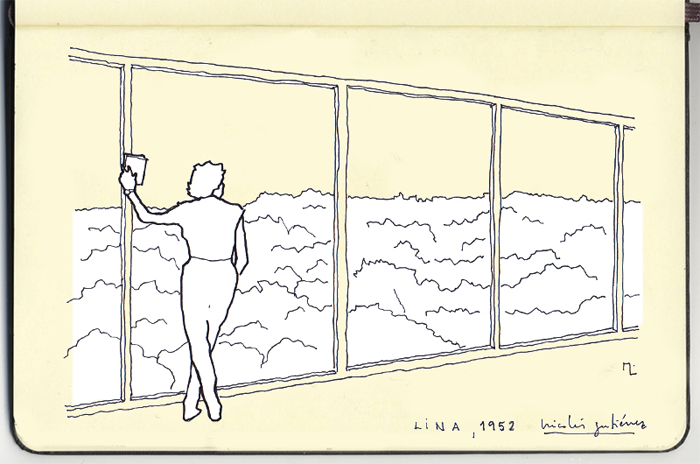
[Fig. 18] House of Glass, Lina Bo Bardi. Drawn by Nicolás Gutiérrez.
NOTES.-
(1) De Oliveira, Olivia. “Subtle Substances. The Architecture of Lina Bo Bardi”. Ed. Gustavo Gili. Barcelona, 2006. P.73.
(2) De Oliveira, Olivia. “Lina Bo Bardi. Obra Construida”. Ed. 2G Libros. Gustavo Gili. 2010, Barcelona. P.22.
(3) De Oliveira, Olivia. “Subtle Substances. The Architecture of Lina Bo Bardi”. Ed. Gustavo Gili. Barcelona, 2006. P.78.
BIBLIOGRAPHY.-
Bo Bardi, Lina / Carvalho Ferraz, Marcelo. “Lina Bo Bardi. Casa de Vidrio 1950-1951”. Ed. Blau. Lisboa, 1999.
Bo Bardi, Lina. “Lina Bo Bardi”. Ed. Edizioni Charta / Instituto Lina Bo e P.M. Bardi. São Paulo, 1994.
De Oliveira, Olivia. “Subtle Substances. The Architecture of Lina Bo Bardi”. Ed. Gustavo Gili. Barcelona, 2006.
De Oliveira, Olivia. “Lina Bo Bardi. Obra Construida”. Ed. 2G Libros. Gustavo Gili. 2010, Barcelona.

























![[Fig. 1] Haldenstein; view from the atelier on the left on the image and of Zumthor ́s current dwelling on the right. Photograph © Walter Mair [Fig. 1] Haldenstein; view from the atelier on the left on the image and of Zumthor ́s current dwelling on the right. Photograph © Walter Mair](/sites/default/files/styles/mopis_home_news_category_slider_desktop/public/lead-images/metalocus_peter-zumthor-parte2_01_p_0.jpg?h=51a24dbd&itok=jjun8aaL)
![[Fig. 1] Peter Zumthor photographed in his house. © Dominik Gigler [Fig. 1] Peter Zumthor photographed in his house. © Dominik Gigler](/sites/default/files/styles/mopis_home_news_category_slider_desktop/public/lead-images/metalocus_peter-zumthor-parte1_01_p_0.jpg?h=8493223e&itok=723vDens)






